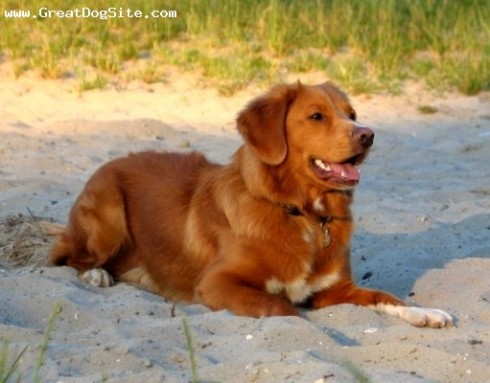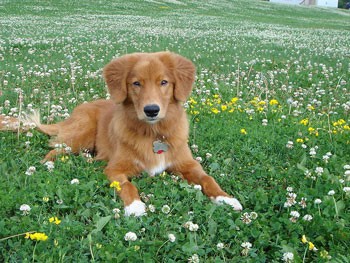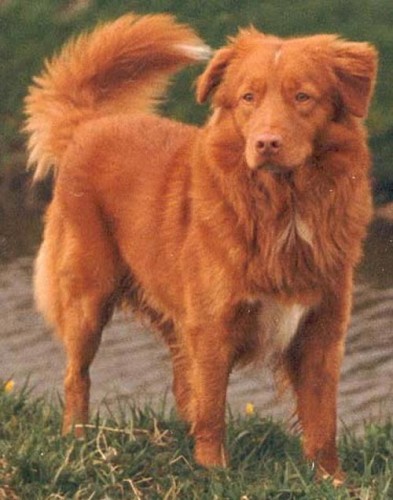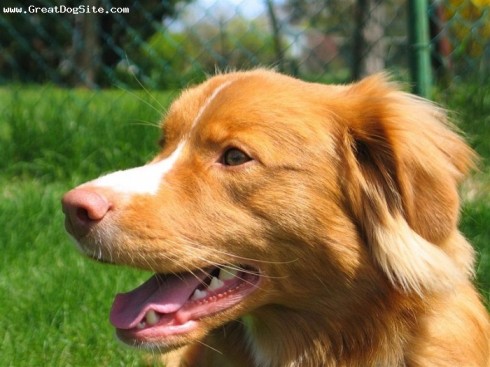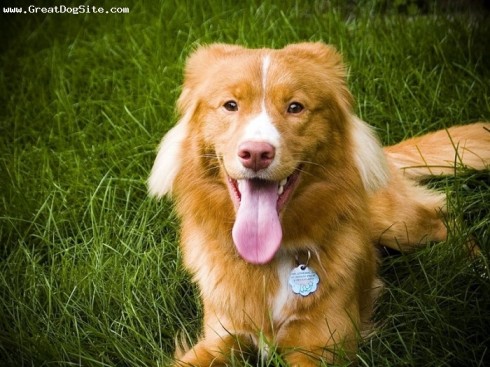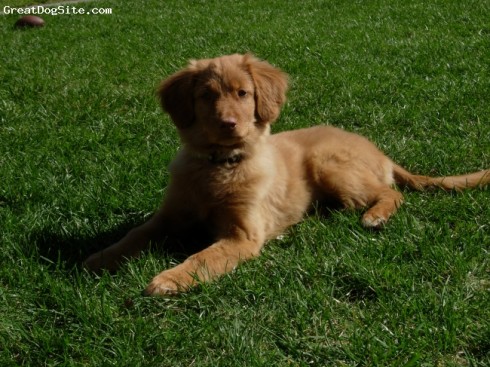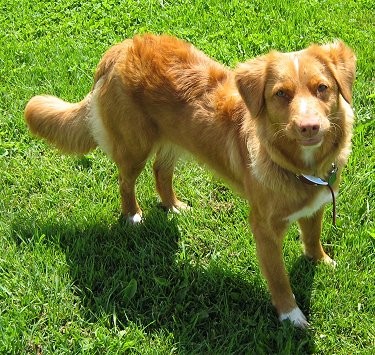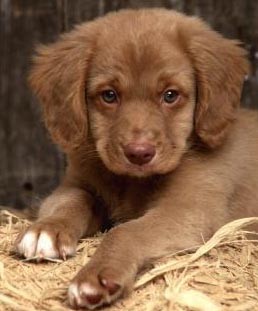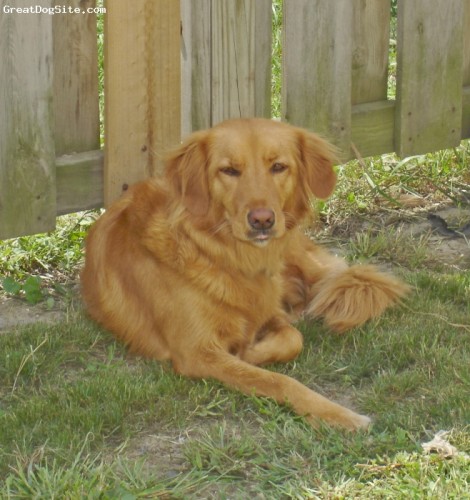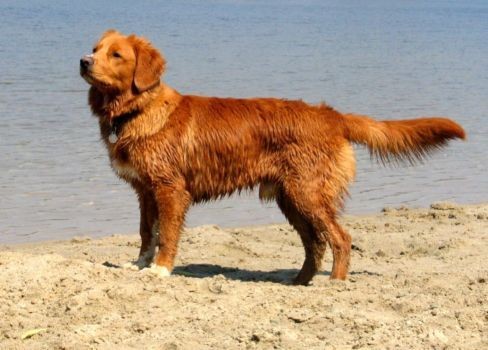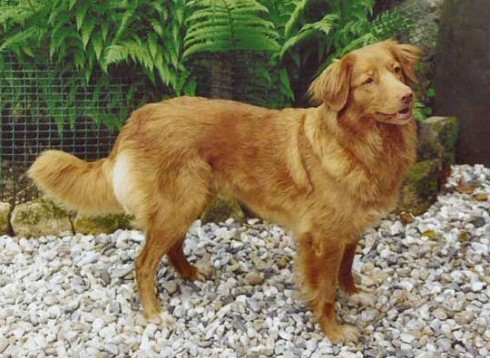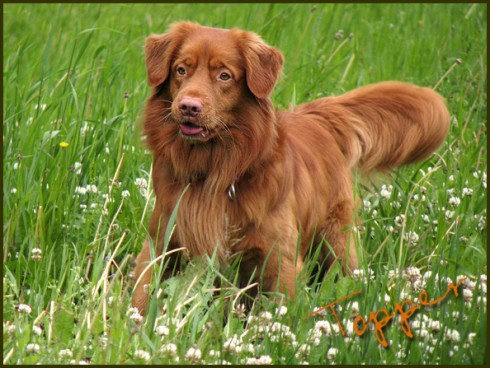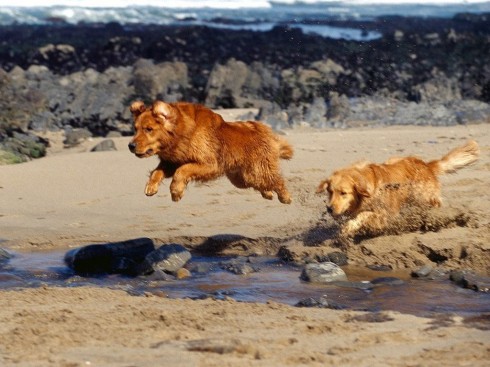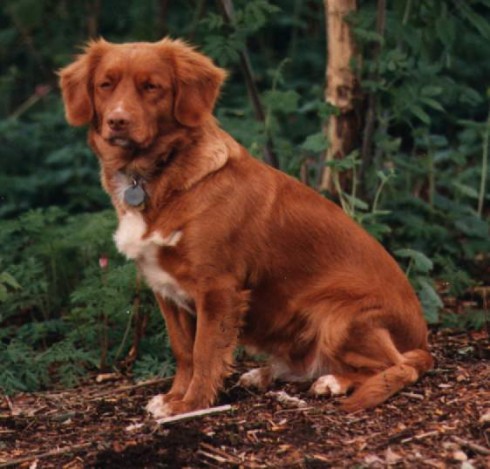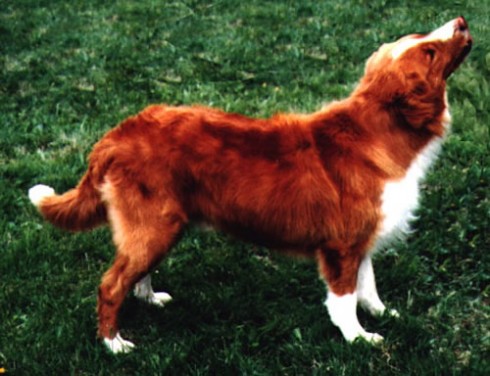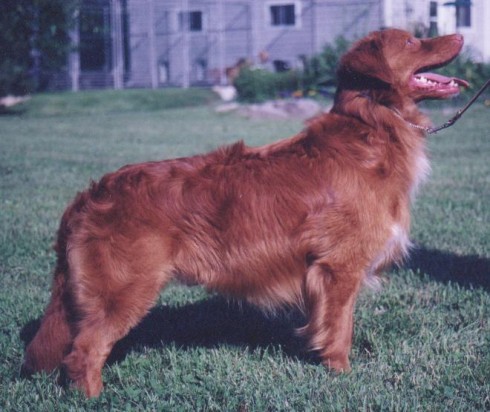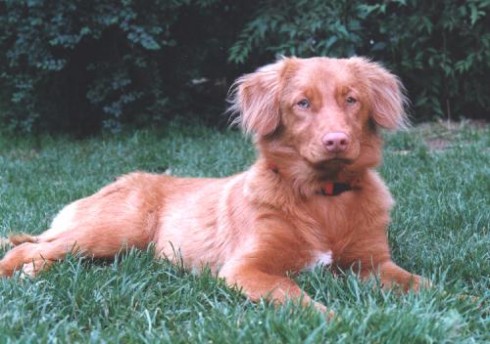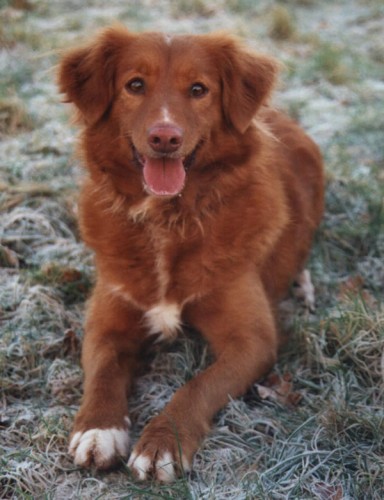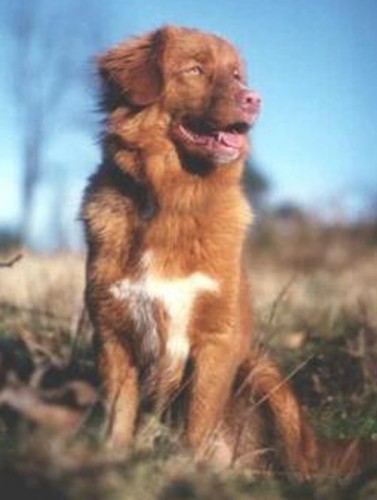Main Index
In Store
Our Web Store
Miniature Schnauzer Picture Gallery
Latest Dog Blogs
- What Are The Basic Commands To Train A Dog?
- PaySafe As The Most Popular Type Of Deposit
- Everything You Need To Know About Pet Sales
- Dogs Contribute To Our Physical And Mental Well Being
- How To Choose Where To Bet On Greyhounds In 2022
- Volunteer With Animals - How To Help Dogs Around The World
- Basic Understanding Of The House Edge
- Why You Should Get A Dog
- Top 20 Popular Dog Names Around The World
- Constipation in Dogs and How to Find Solutions
Nova Scotia Duck Tolling Retriever
Nova Scotia Duck Tolling Retriever Picture Gallery
Nova Scotia Duck Tolling Retriever Breeders
Nova Scotia Duck Tolling Retriever Clubs/Associations
The Full Nova Scotia Duck Tolling Retriever Description
The Toller is highly intelligent, alert, outgoing, and ready for action, though not to the point of nervousness or hyperactivity. He is affectionate and loving with family members and is good with children, showing patience.
Did you know?
"Tolling" is a Middle English word meaning to "lure or decoy game." To the hunter, this means to draw the waterfowl within range by using the playful action of a tolling dog, much as a fox will lure ducks within range. The curiosity of the waterfowl causes them to swim in close to shore to more closely observe the dog. Decoy dogs were used in Europe to lure ducks into nets, and as hunting companions since the 17th century, in eastern North America from Chesapeake Bay to the Maritimes. Yarmouth County, Nova Scotia, Canada, is considered the place of origin of the purebred dog officially known as the Nova Scotia Duck Tolling Retriever.
Indicative Breed Standard
General Appearance
Medium sized, compact. Powerful, well muscled. A heavily feathered tail, constantly moving.
Characteristics
Jumps and plays to lure waterfowl into decoy. Retrieves dead and wounded birds. Strong swimmer.
Temperament
Kind, confident, intelligent, easy to train. Playful.
Head and Skull
Clean cut skull, slightly wedge shaped. Broad, slightly rounded. Occiput not prominent. Cheeks flat. Moderate stop. Muzzle tapers from stop to nose. Nostrils well developed. Nose flesh coloured or black.
Eyes
Medium-size, almond-shaped, well set apart. Alert expression. Brown to amber. Eye rims flesh coloured or black.
Ears
Triangular, medium size, set high and well back on skull. Base held very slightly erect; well feathered at back of fold, hair shorter at rounded tips.
Mouth
Jaws strong with a perfect, regular and complete scissor bite, i.e. upper teeth closely overlapping lower teeth and set square to the jaws. Teeth sound and strong. Softness of mouth essential. Lips tight fitting, flesh coloured or black.
Neck
Medium length, strongly muscled, well set on, no indication of throatiness.
Forequarters
Shoulders well laid back, muscular, medium length. Elbows close to body. Forelegs straight and strong. Pasterns strong, slightly sloping.
Body
Deep chested, ribs well sprung, brisket reaches to elbow. Back short, level topline. Loins strong and muscular. Moderate tuck up.
Hindquarters
Well muscled. Stifles well bent, hocks well let down turning neither in nor out.
Feet
Medium size, round, tight. Toes well arched and strongly webbed. Pads thick, blending with coat colour.
Tail
Set on, slightly sloping towards croup. Broad at base, well feathered; reaching the hock. Carried below level of back at rest; when alert, curves over, not touching back.
Gait/Movement
Impression of power, springy, jaunty with good reach of forelegs and strong rear drive; parallel movement fore and aft. Single tracks at speed; head carried almost level with back.
Coat
Straight, repellent, double coat of medium length and softness with a softer, dense undercoat. Slight wave on back allowed. Feathering at throat, behind
ears and at back of thighs. Forelegs moderately feathered.
Colour
All shades of red or orange with lighter feathering under tail. White marks are permissible on tip of tail, feet and chest, or as blaze. Lack of white not to be penalised.
Size
Ideal height: dogs: 48-51 cms (19-20 ins); bitches: 45-48 cms (18-19 ins).
About Our Article Directory
- Article
- 27 November 2010
- 2 comments
Canis lupus familiaris
- Breed Article
- 29 May 2010
- No comments
Quick Search
Donate
Latest Dog Pods
- Tips on How to Stop Your Dog from Biting
- Beware - Not All Advertised Dog Rescues Really Are! How Can You Know The Truth?
- Helpful Tips For Dog Obedience Problems
- How to Keep Dogs From Eating Poop
- Dog Grooming Tips - A General Overview of the Very Basics of Dog Grooming
- Recognising Different Types of Dog Obedience Problems
- 5 Important Tips On Feeding A Puppy


